By: Yasha Devate
In a world void of superheroes and instead full of fast-paced technological advancement and innovation, the journey for competitive edge and market power has become the modern-day hero's adventure for most corporations. However, within the bustling corporate world, where efficiency, productivity, and relentless advancement often dominate the conversation, sometimes a culture of creativity can be a company's secret weapon. Forgotten by many in the pursuit of operational excellence and profit margins, creativity holds the key to unlocking brand potential, profit surplus, innovation, and fostering sustainable growth.
However, simply explaining isn’t as efficient as giving specific examples - a prominent one being Zara. Using creativity in the form of cultural exchange and market research, Zara has allowed its ‘fast fashion’ brand to expand, the principles of growth and innovation embedded in every aspect of the company’s work. Instead of looking into what’s trending in the market currently, Zara pushes its employees to look beyond and understand what will occur in the future and how to pander to that. By planning and extending past boundaries to churn out new and innovative designs that resonate with customers everywhere, Zara has allowed their brand name to grow extensively.
Alongside this, unlike many traditional companies, where employees are given a specific team and are stuck in singular departments, Zara follows a cycle system in which there is a constant switching of team members. Said to drive continuous improvement and foster creative ideas within trends, Zara believes that this constant switch allows the company to embrace the diverse array of skills and viewpoints among its staff. This approach fosters collaboration across all departments and inspires creativity throughout the organization - and is one of the primary reasons the company is able to beat out competitors in this “all for one” economy.
As portrayed by Zara and many other top brands, creativity isn't just limited to artistic expression or design. Actually, it’s more about thinking differently, challenging norms, and finding novel solutions to complex problems. By allowing employees to feel confident, empowered, and supported enough to take risks and challenge operational norms, companies will be able to foster an environment rich with growth and collaboration. Netflix is one of the prime examples of this mentality and a major player in the field of creativity and consumer trends.
While initially trashed and belittled, Netflix has managed to build its empire, rising into the sky with its excellent customer service, creative content, and trend management. With a high focus on data being supported by innovation, the company ensures that consumers are both entertained by their long-tailed selection and so accustomed to the site that the switching cost is too high to leave. If the company had continued to grow and develop the same products as most other companies at that time, it wouldn’t have reached the level of success that it has currently. It’s this mentality and culture which is what allowed them to beat out Blockbuster during the early days, and continue to improve against other streaming services.
Moving past profit-driven achievements, embracing creativity within the workforce also allows employees a bigger opportunity to contribute to their jobs in another manner. In fact, there are multiple studies stating that employees who feel like they’re making a bigger impact on their company have more loyalty, motivation, and engagement within their company, as work cultures that celebrate creativity and difference allow people a sense of belonging and purpose, leading to higher levels of job satisfaction, and overall productivity.
Thinking outside of the box simply doesn’t cut it. It’s when a company truly pushes past societal norms and embraces creativity as a form of creation (whether that be regarding products, clients, advertising, etc.) that innovation is able to progress. Therefore, in today’s society, creativity isn't just a competitive advantage - it's an important factor in staying relevant and thriving in the long-run economy.
Alongside singular company benefits, embracing creativity in the workforce also has extensive benefits for society as a whole. Encouraging creative thinking and problem-solving abilities within the workforce can help organizations develop a more capable and critical team of employees. This, in turn, makes people naturally more equipped to tackle the challenges they encounter during their lives, and open to understanding other perspectives – a concept which is especially important, in today’s age of globalization and interconnectedness.
